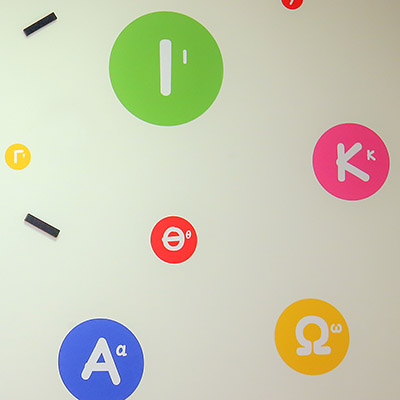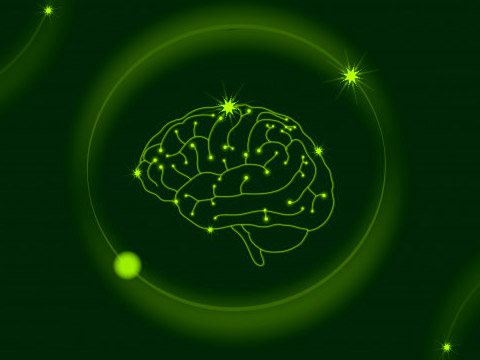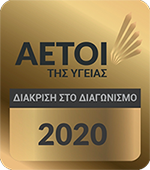Dysarthria
Analytically
The production of speech requires the contraction of the muscles of the lips, jaw, tongue, soft palate, larynx and pharynx that are involved in breathing.
Any damage to the nervous system causes disorganization at any level of the motor system involved in regulating the speech mechanism can lead to a disturbance in speech production (Papathanasiou. I, 2000).
Literally the term dysarthria comes from the Greek dys + joint which means “inability to express oneself clearly”. Dysarthria form a group of disorders characterized by impaired motor development of speech production. (Kampanarou. M, 2006)

Dysarthria is a general term and designation for a group of disorders caused by impaired control of speech muscles after brain injury. (Brookshire, 2003)


Types of Dysarthria
MILD
SPASTIC
ΑΤΑΞΙΚΗ
HYPERKINITIC
ΥΠΟΚΙΝΗΤΙΚΗ
MIXED
DUE TO SINGLE-SIDED DAMAGE
the representative name for a group of speech disorders that are the result of disorders in the muscular control of the vocal mechanism due to damage to the central or peripheral nervous system. Problems in oral communication are indicated, due to paralysis, weakness or lack of coordination of the vocal muscle mechanism.
Darley, Aronson, Brown (1975)



